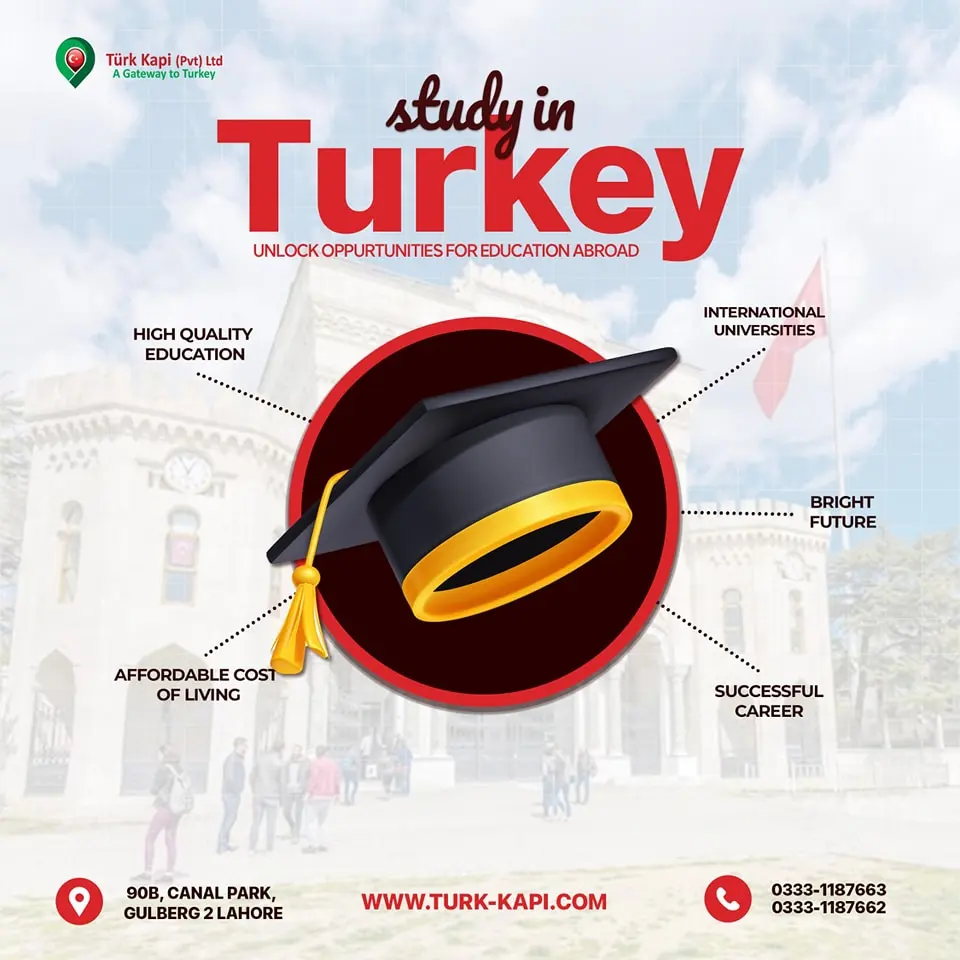The latest report from the United Nations Development Programme (UNDP) sheds light on the dire state of global poverty, revealing that over one billion people are living in acute conditions. Children bear the brunt of this crisis, accounting for more than half of those affected. Released in partnership with the Oxford Poverty and Human Development Initiative (OPHI), the report highlights the severe impact of conflict on poverty, noting that poverty rates in war-torn regions are three times higher than in stable areas. In 2023, the number of global conflicts reached its highest level since World War II, worsening the situation for millions of impoverished individuals.
The report is based on the Multidimensional Poverty Index (MPI), which the UNDP and OPHI have been publishing annually since 2010. The MPI tracks various indicators of poverty, such as inadequate housing, poor sanitation, lack of access to electricity and cooking fuel, malnutrition, and low education rates. Data was collected from 112 countries, encompassing a population of 6.3 billion people.
According to Yanchun Zhang, chief statistician at UNDP, the 2024 MPI presents a grim reality. Approximately 1.1 billion people are experiencing multidimensional poverty, with 455 million living in conflict-affected areas where meeting basic needs has become an increasingly difficult task.
The findings underscore the need for a global response, particularly in regions like Sub-Saharan Africa and South Asia, where 83.2% of the world’s poorest populations reside. Nations like India, Pakistan, and Nigeria are at the forefront of this crisis, with millions struggling to survive. Experts argue that poverty alleviation and peace-building must go hand in hand to foster sustainable change.




